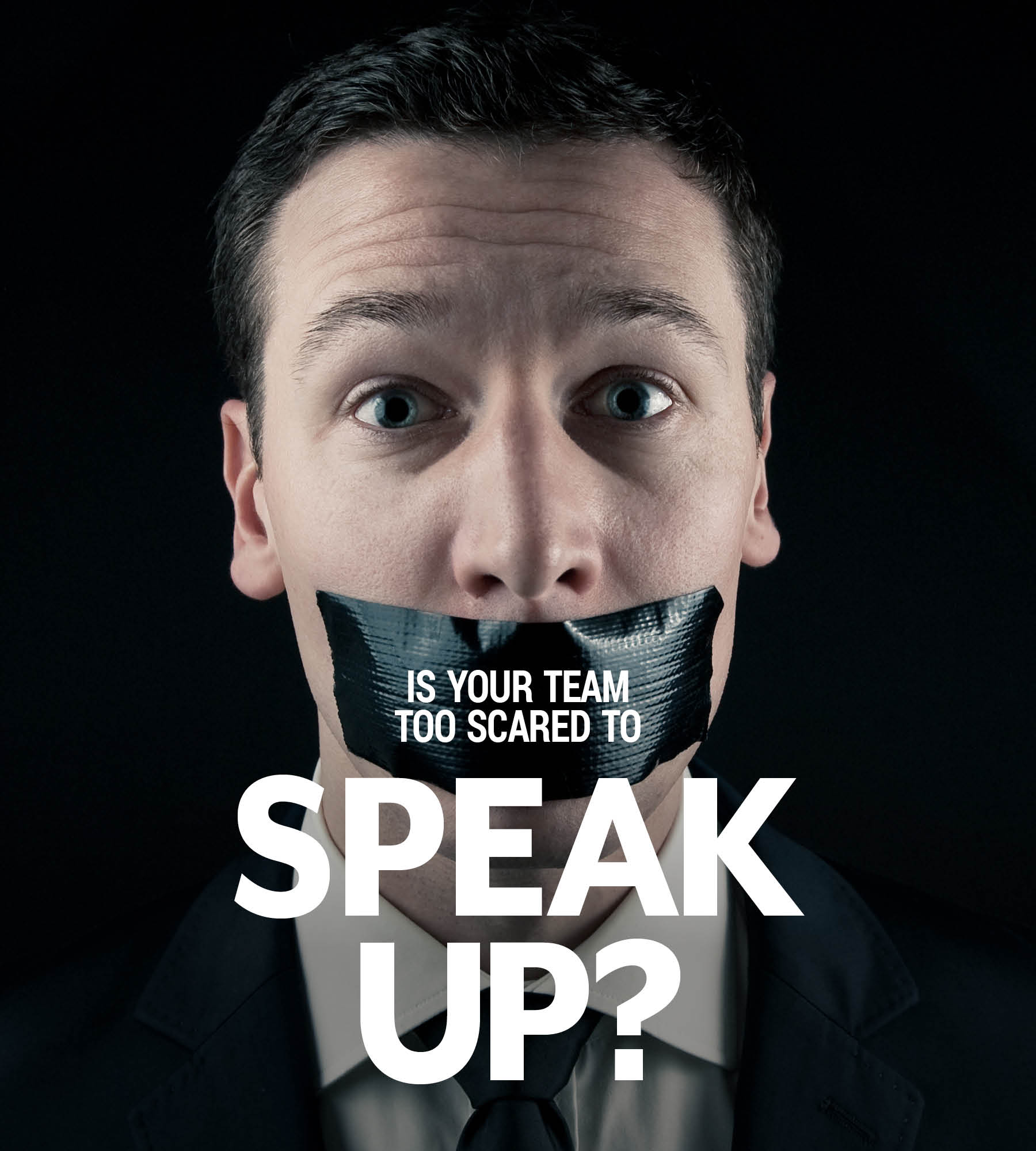Language
You can read the magazine in one of the following languages
We all know where the first aid kit is in the office, or what to do if the fire alarm goes off. We’ve become great hand-washers to stop the spread of COVID-19 and we know how to meet the personal protective equipment requirements around heavy machinery. When it comes to physical safety, workplaces have come a long way. But we are not placing anywhere near that level of concern surrounding our psychological safety.
Psychological safety revolves around the belief that individuals won’t face punishment or humiliation for expressing ideas, questions and concerns, or admitting mistakes. But what makes it so indispensable in the workplace?

Psychological safety not only fosters a harmonious environment, but, according to innovation powerhouse Google, it stands as the number one predictor of their best teams. The Great Place to Work research also asserts that it’s the prime driver of earnings, underlining its direct correlation to high performance.
Our talent strategy and advisory business Invisible Partners has recently seen record numbers of candidates who are leaving their current roles due to issues with psychological safety. These candidates have experienced burnout, toxic leadership and a culture of negativity and blame. Some describe suffering a ‘hit’ to their psychological safety, with an impact akin to a physical assault.
Creating a safe and inclusive environment yields myriad benefits, ranging from heightened creativity, improved collaboration and increased employee satisfaction to better retention rates, enhanced learning and development and improved mental wellbeing.
Conversely, without psychological safety, teams risk a lack of trust, low morale and diminished motivation. This toxic mix contributes to high turnover rates, reduced productivity and creativity and increased stress and anxiety, with cascading effects on personal lives and mental health.

Here are some red flags that signal a psychologically unsafe work environment:
· Reluctance to ask questions in meetings or own up to mistakes
· Avoidance of difficult conversations
· Dominance of executives in meetings
· Infrequent feedback
· Lack of collaboration and help-seeking behavior
· Very few disagreements or differing points of view
· Employees don’t know one another personally, just professionally.

It is important to be present and attentive during conversations and to offer follow-up questions that display your understanding. Empathy is the key to workplace respect, and it is essential for colleagues to be able to understand the perspectives, challenges and views of others.
Penicillin, Post-it notes and the microwave were all discovered by people making ‘mistakes’ at work.
Mistakes happen. It is part of life, but it’s how we handle these mistakes that will make the biggest difference. Mistakes should be reframed as an opportunity for growth. Leaders should be encouraged to position their inquiries as ‘what can we learn from this’, instead of placing blame.
Recognize team members as individuals and seek to understand how your team members work best. By committing to understanding their preferred working styles and communication preferences, you are highlighting their importance in the team and creating a safer, more comfortable work environment where each member feels valued and heard.
It is important to provide diverse channels of communication that allow all team members to shine. Not everyone wants to speak up at a team meeting; some people may work best with time to prepare and map out their thoughts. Several different thinkers would benefit from seeing meeting agendas in advance or being given other opportunities to contribute.
Confrontation didn’t start as a dirty word. Con meaning “with” or “together”, and front meaning “face”, confrontation is about coming together to face an issue in front of us. Allowing space for healthy confrontation stops gossiping and insidious negativity. Productive confrontation can be a path to collaboration.
Ask for feedback and keep asking for feedback. It’s an unsettling but important role of leaders to propose questions such as ‘Who has a different point of view?’ or ‘Is there anything we haven’t considered?’. This should be in a group setting, but also individually, to give opportunities for quieter team members to contribute. During these questions, leaders should practice active listening and nurture a culture where differing viewpoints are respected.
It’s the responsibility of the individual to be proactive in offering feedback to improve the workplace. If you’re facing a problematic situation or relationship, offer feedback to your manager or even your peer group. If you don’t feel safe to speak up, you also have options to escalate beyond your manager to HR. Prioritizing your own psychological safety is important.
Nurturing psychological safety is not just a workplace responsibility, it’s a collective effort that reaps rewards for individuals and organizations alike. The outcome is a culture where innovation, collaboration and wellbeing flourish.

Sarah Piper
Contributor Collective Member
Sarah Piper is the Founder and Director of Invisible Partners, a talent strategy and advisory business. Piper has spent eons in the world of talent strategy and advisory, career coaching and executive recruitment. Recognizing that the relationship between people and their careers is kind of a big deal, one of her greatest passions is supporting individuals to thrive in their careers. Learn more at https://www.invisiblepartners.com.au/
